I remember my first trip to Italy. I stood in a Roman piazza, completely mesmerized.
History wasn’t just in a museum. It was in the cobblestones under my feet. It was in the curve of every archway.
I felt a beautiful, overwhelming sense of choice. Where do I even begin?
Italy is a world champion of culture. It has more UNESCO World Heritage Sites than any other country on Earth.
With over 60 designated treasures, planning a trip can feel daunting. You can’t see everything. But you can see the absolute best.
I’ve selected 15 essential sites that capture Italy’s soul. Think of them as anchors for your trip.
Plan to visit these incredible places. Then, let Italy’s magic fill the spaces in between.
Contents
The North: Peaks, Palaces, and Masterpieces
My journey begins in the majestic north. Here, nature’s grandeur meets human genius. You’ll see dramatic mountains and floating cities.
You’ll also find timeless art. This region shows Italy’s incredible diversity.
1. The Dolomites

Forget cities for a moment. Picture jagged, pale mountains. They blush pink and red at sunrise and sunset. This is the Enrosadira phenomenon.
The Dolomites are one of Italy’s few natural UNESCO World Heritage Sites. They offer a different kind of Italian adventure. Hike through lush parks in summer. Ski down pristine slopes in winter.
It’s the perfect escape from the heat and crowds of the cities.
2. Venice and its Lagoon
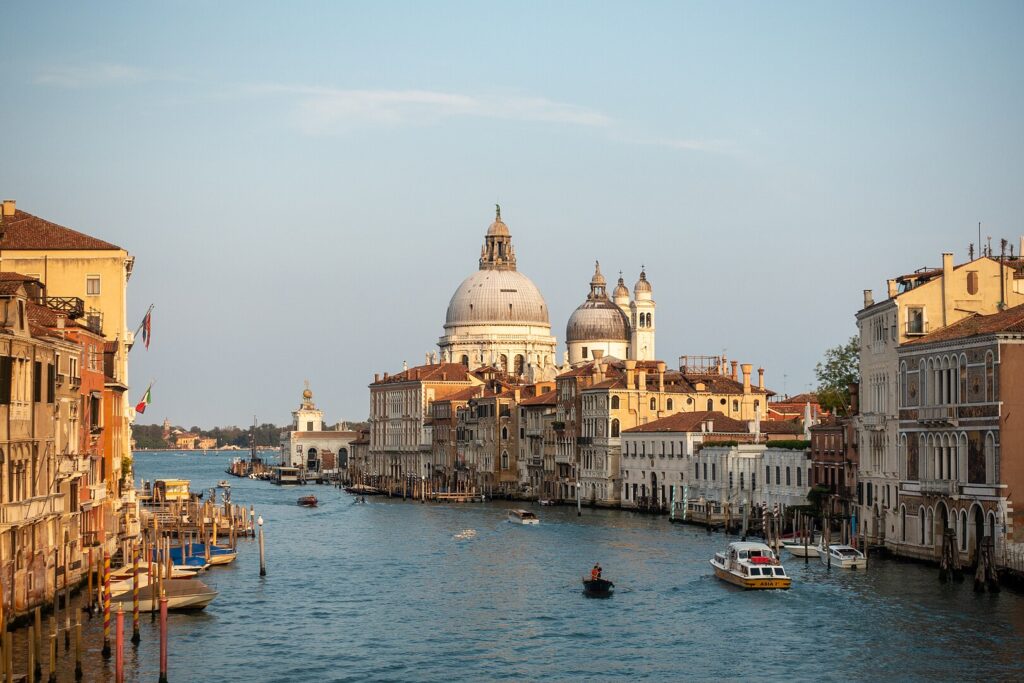
Venice is a city built on dreams and water. It spreads across 118 small islands.
The UNESCO site includes the entire lagoon. It recognizes the unique bond between people and the sea.
The heart of Venice is Piazza San Marco. Here, the Doge’s Palace and St. Mark’s Basilica stand as timeless monuments.
The city’s popularity comes at a cost. Overtourism is a real challenge. A new day-visitor fee helps manage the crowds.
My advice? Stay at least one night. The city’s true magic appears after the day-trippers leave.
Also Read: 10 Rookie Mistakes Tourists Make in Italy (And how to Avoid Them)
3. City of Verona

Many know Verona from Shakespeare’s famous play. But this city is so much more than a romantic backdrop.
The City of Verona tells a story 2,000 years long. You can see Roman ruins and medieval castles.
The Roman Arena is a must-see. It’s an ancient amphitheater still used for grand operas today.
Explore charming squares like Piazza delle Erbe. Then, visit Juliet’s House for a touch of romance.
Verona offers a rich history without the overwhelming crowds of other cities.
4. The Last Supper, Milan
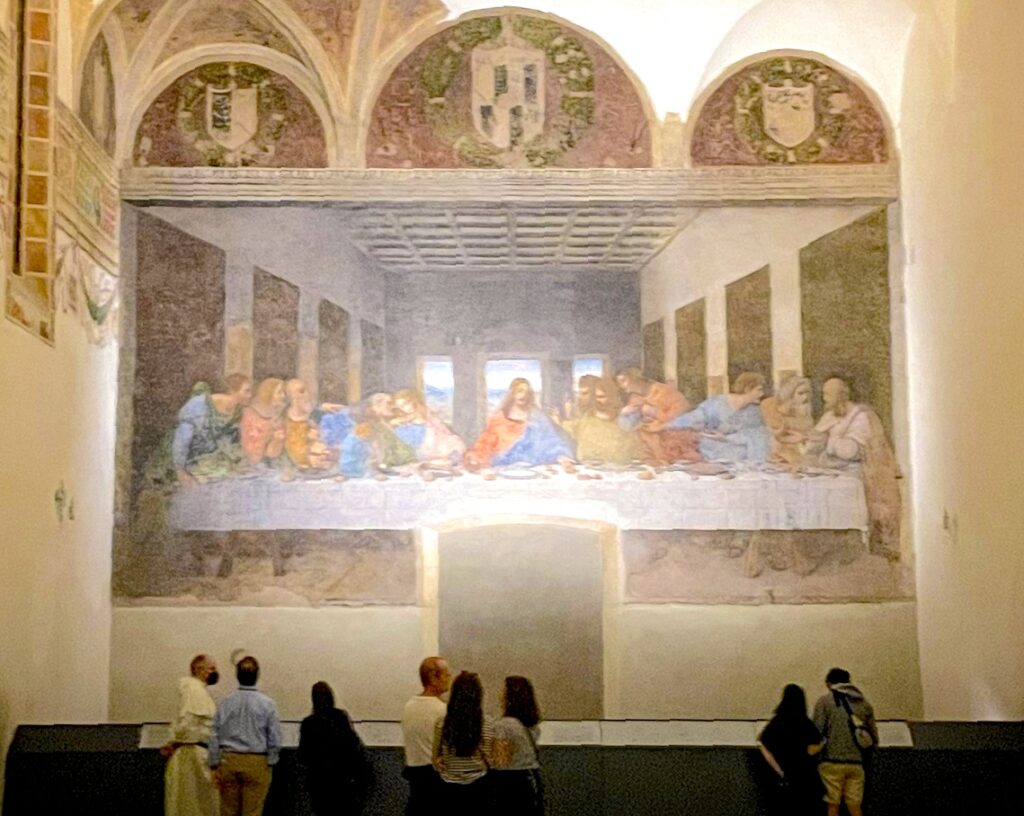
Some art you see. Leonardo da Vinci’s The Last Supper is something you experience.
It’s not just a painting on a wall. It is part of the Church and Dominican Convent of Santa Maria delle Grazie. This fragile masterpiece is a cornerstone of the High Renaissance.
Seeing it requires serious planning. Reservations are mandatory. They often sell out months in advance. You can book tickets on the official website, cenacolovinciano.org.
Visits are limited to just 15 minutes. This strict rule helps preserve the delicate artwork for future generations.
The Heart of the Renaissance: Tuscany & Rome
Now we travel to Italy’s cultural core. This is the land of Renaissance masters and Roman emperors.
Here, you must book your major site visits in advance. These bookings become the anchors of your itinerary. The time between them is for pure discovery.
Wander through ancient streets. Find a hidden trattoria. This is how you really experience Italy.
5. Historic Centre of Florence
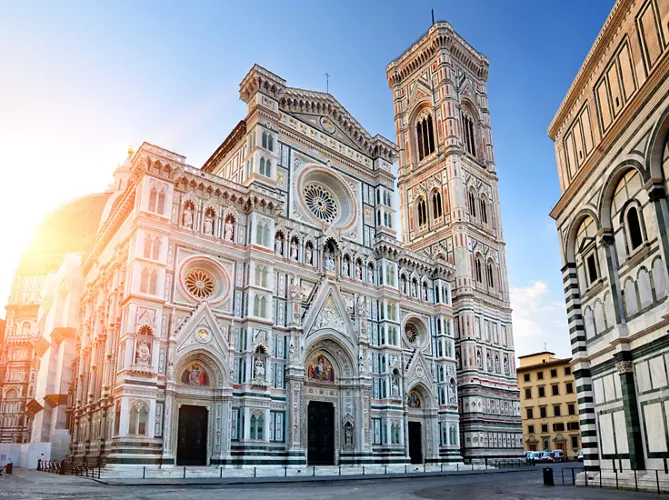
Florence is the cradle of the Renaissance. The entire Historic Centre of Florence is a UNESCO site. It feels like an open-air museum.
The Duomo, with Brunelleschi’s magnificent dome, dominates the skyline. Nearby, Piazza della Signoria holds Palazzo Vecchio, the city’s historic seat of power.
You must visit the Uffizi Gallery. It houses masterpieces by Botticelli and Michelangelo. To avoid lines that last for hours, book tickets for the Uffizi and the Duomo climb well in advance.
6. Historic Centre of Siena

Siena is Florence’s historic rival. It feels like stepping into a medieval dream. The city preserved its stunning Gothic appearance.
The heart of Siena is the Piazza del Campo. This unique, shell-shaped square hosts the famous Palio horse race twice a year.
Siena’s Duomo is another marvel. Its black and white striped marble is unforgettable. Inside, you’ll find treasures by Donatello and Michelangelo.
Stay overnight to see the Campo glow under the evening lights.
7. Piazza del Duomo, Pisa
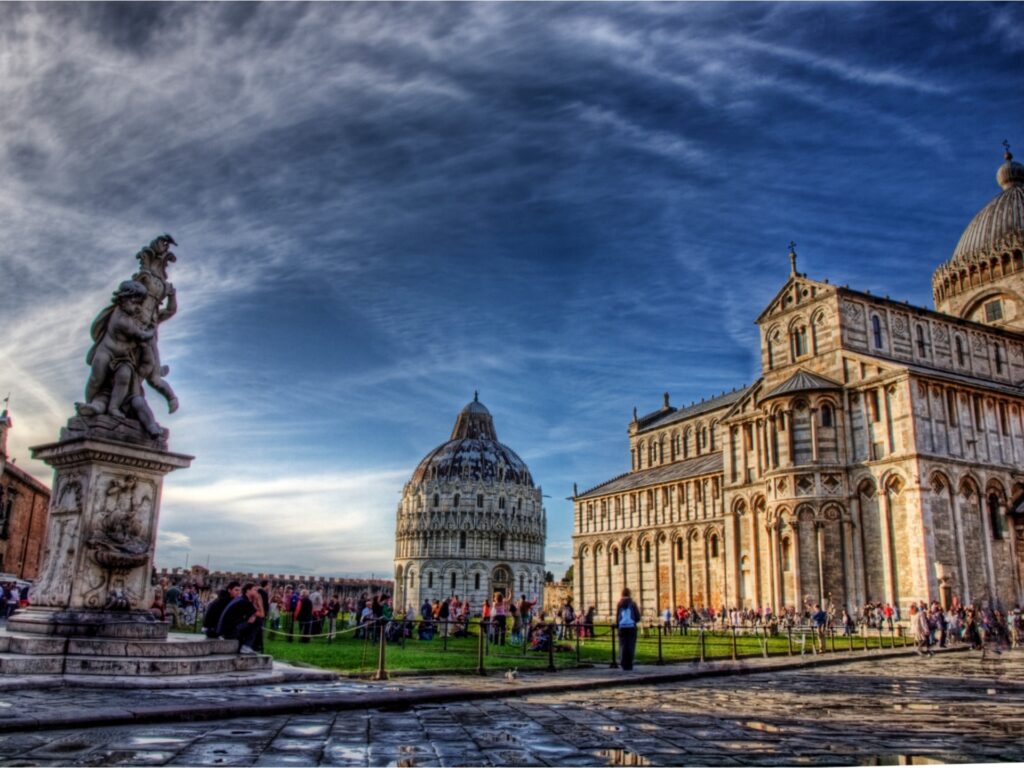
Everyone knows the Leaning Tower. But the tower is just one part of a larger masterpiece. The UNESCO site is the entire Piazza dei Miracoli, or Square of Miracles.
This stunning complex includes the Cathedral, the Baptistery, and the Camposanto (cemetery). Together, they are a perfect example of Pisan Romanesque architecture.
You must book tickets to climb the tower on the official website, opapisa.it. Don’t forget to also get the free pass required to enter the breathtaking Cathedral.
8. Historic Centre of Rome
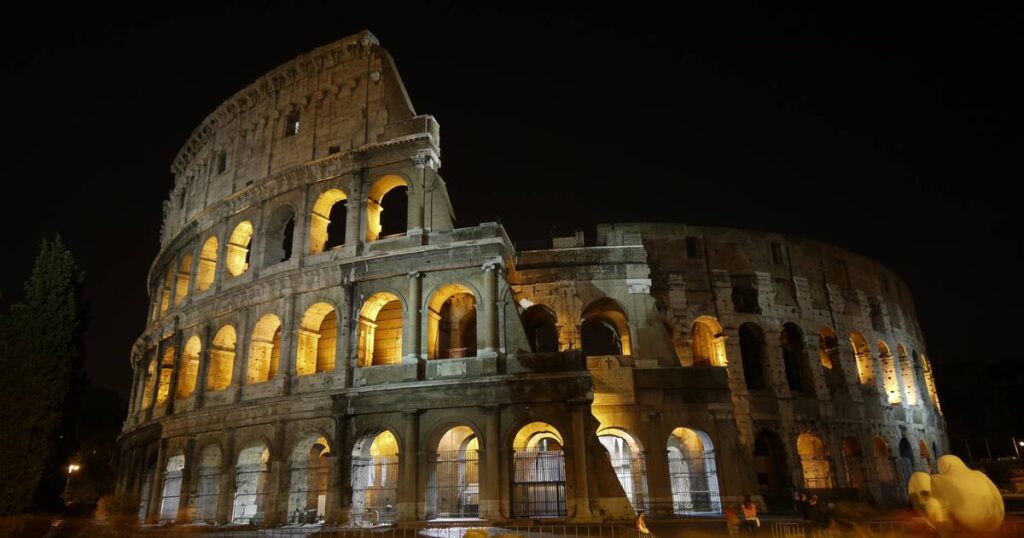
Welcome to the Eternal City. Rome was the center of an empire. It was also the heart of the Christian world. Its historic center is one of the most incredible UNESCO World Heritage Sites.
The main attractions form an ancient core. Visit the Colosseum, Roman Forum, and Palatine Hill as one vast archaeological park.
Then, explore other wonders like the Pantheon and Castel Sant’Angelo. Booking your Colosseum ticket in advance is a necessity. Use the official site, ticketing.colosseo.it, to skip the massive queues.
The South: Ancient Worlds and Coastal Wonders
Our journey continues south. Here, the landscape becomes more dramatic. You’ll find ancient Greek ruins, unique villages, and stunning coastlines. This region showcases Italy’s incredible depth and diversity.
9. Pompeii, Herculaneum, and Torre Annunziata
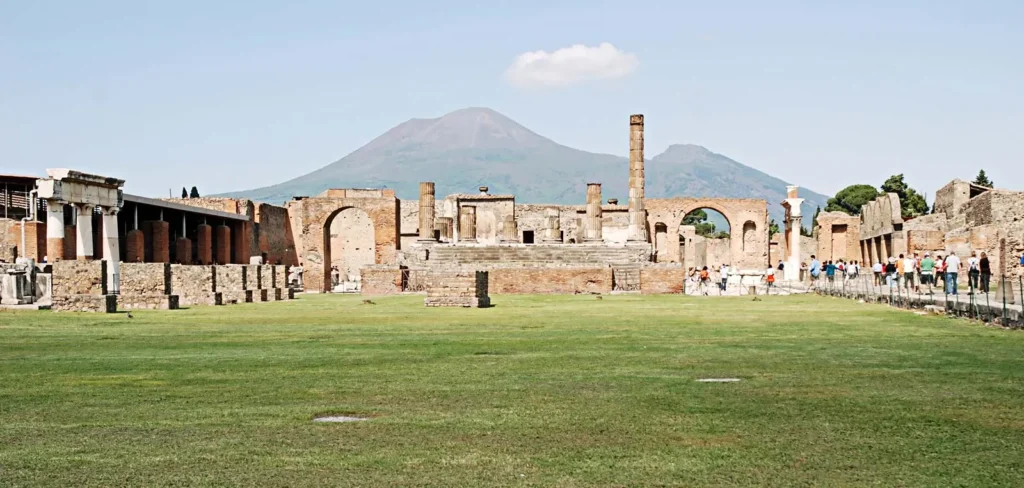
In 79 AD, Mount Vesuvius erupted. The volcano buried several Roman cities. Today, Pompeii and Herculaneum offer an unparalleled look into ancient life.
Pompeii was a large, bustling city preserved under ash. Herculaneum was a smaller, wealthier town saved by pyroclastic flows. This preserved wood and other organic materials.
Don’t try to see both in one day. It’s a common mistake that leads to exhaustion. Pick one, or dedicate a full day to each, to truly appreciate them.
10. Historic Centre of Naples
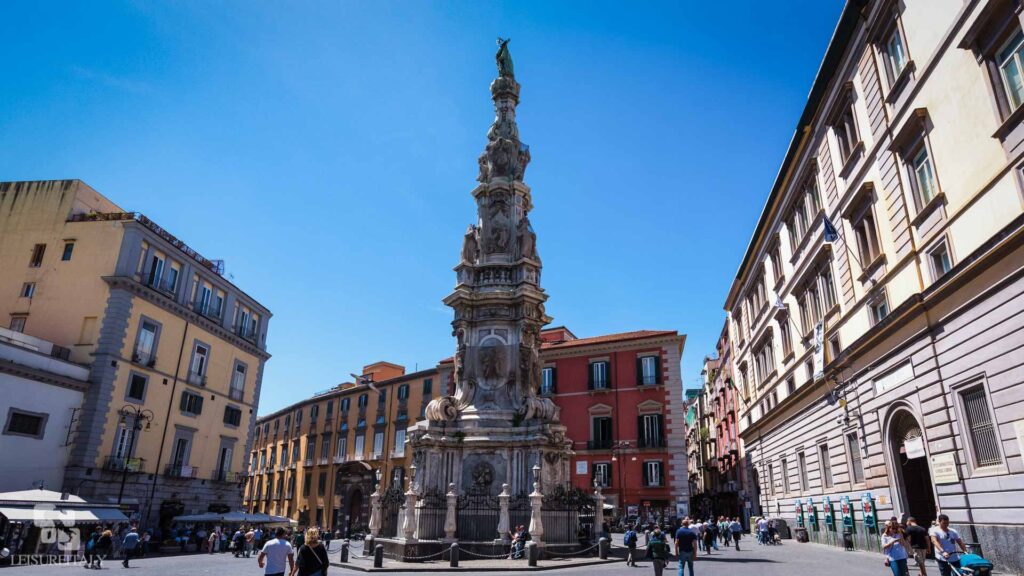
Naples is vibrant, chaotic, and utterly captivating. It’s one of Europe’s oldest continuously inhabited cities.
Its historic center is a dense tapestry of history. Explore the main thoroughfare, Spaccanapoli. Go deep into the Naples Underground to see the city’s Greek foundations.
Don’t miss the Sansevero Chapel to see the incredible Veiled Christ statue. Naples is more than a gateway to Pompeii and Herculaneum. It is a world-class destination and the true home of pizza.
11. The Amalfi Coast
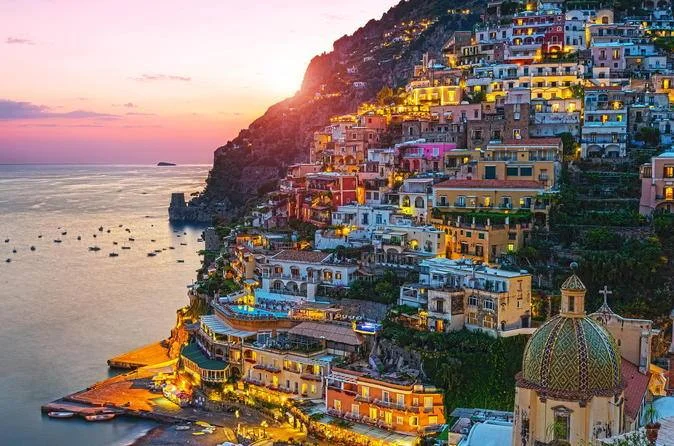
The Amalfi Coast is a landscape that defies words. Mountains plunge dramatically into a turquoise sea. UNESCO calls it a perfect example of a Mediterranean landscape.
The cliffside towns of Positano, Amalfi, and Ravello are world-famous for their beauty.
Driving here in high season is a nightmare. My advice is to use the ferries. They offer a stress-free way to travel between towns and provide the best views.
12. The Sassi and the Park of the Rupestrian Churches of Matera
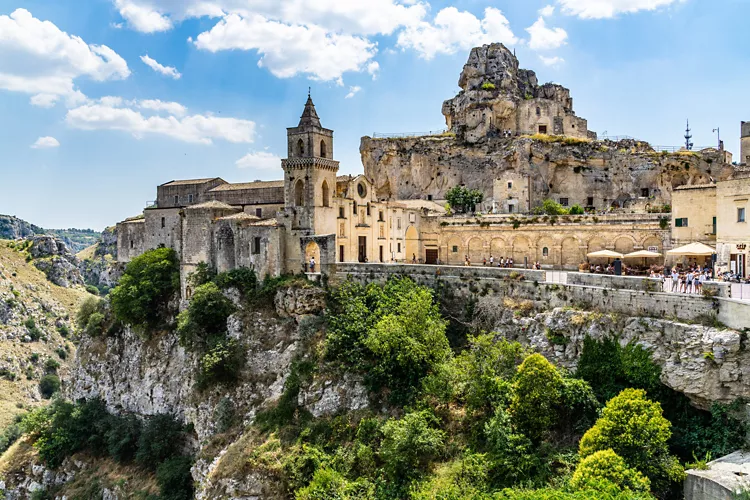
Matera’s story is one of incredible transformation. Once called the “shame of Italy” for its poverty, it is now a European Capital of Culture.
The Sassi are ancient cave dwellings. People have lived here since the Paleolithic era. Wander through the Sasso Caveoso and Sasso Barisano districts. Explore the rock-hewn churches across the ravine.
For a unique experience, stay in a cave hotel. And be sure to wear comfortable shoes. The city’s terrain is steep and uneven.
13. The Trulli of Alberobello
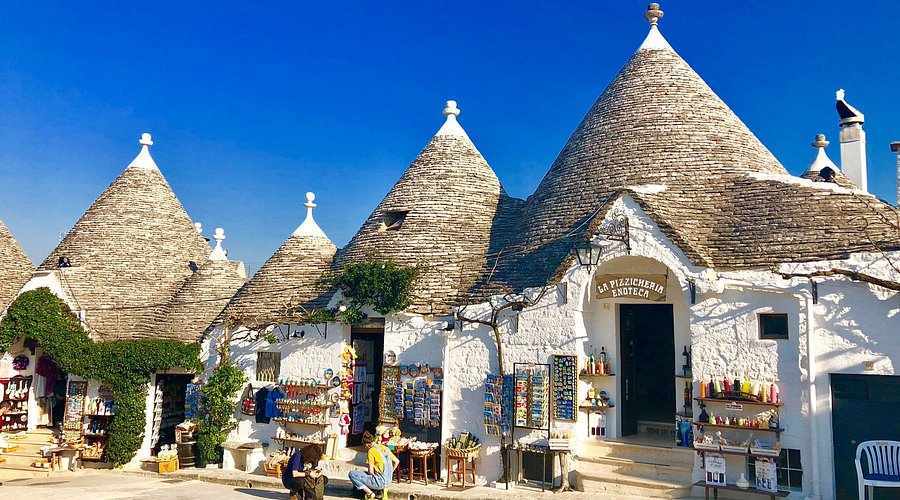
The village of Alberobello looks like something from a fairytale. It is filled with trulli, unique limestone huts with conical roofs.
These strange buildings have a clever origin. They were built without mortar. This allowed them to be quickly dismantled to avoid property taxes from the Kingdom of Naples.
Explore the two main districts, Rione Monti and Aja Piccola. This is one of Italy’s most unique sites. Visit during the shoulder season to avoid the summer crowds.
14. Historic Centre of San Gimignano
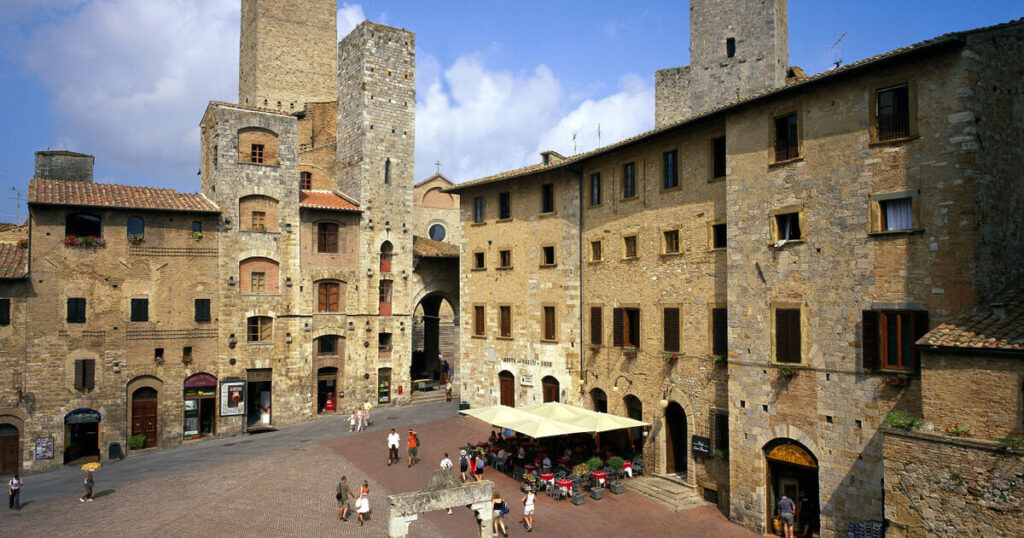
Known as the “Manhattan of the Middle Ages,” San Gimignano’s skyline is unforgettable. Wealthy families built towering structures as symbols of their power.
Today, 14 of these towers remain. They create a stunning silhouette against the Tuscan sky. The town was an important stop for pilgrims on the Via Francigena.
While it’s a popular day trip, I recommend staying overnight. The town’s atmosphere is magical after the tour buses have gone. It makes this one of the most memorable UNESCO World Heritage Sites.
15. Rock Drawings in Valcamonica
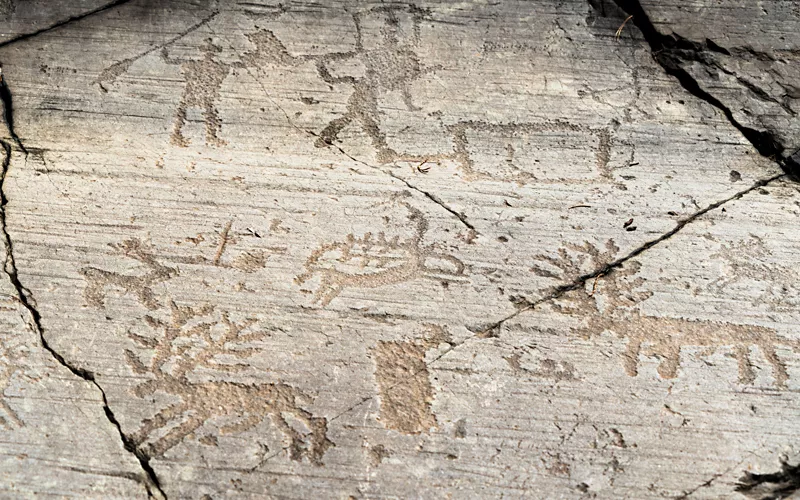
Our final stop is where Italy’s UNESCO journey began. The rock drawings in Valcamonica were the very first site inscribed in 1979.
This valley holds one of the world’s largest collections of prehistoric petroglyphs. Over 140,000 carvings tell stories from over 8,000 years of history. They show scenes of farming, war, and magic.
This is an off-the-beaten-path destination. It’s perfect for those who want to connect with deep history, far from the city crowds.
Your Italian Masterpiece
From ancient rock art to Roman engineering and Renaissance genius, Italy’s treasures are endless. The sheer number of UNESCO World Heritage Sites can seem overwhelming.
But don’t be intimidated by the planning. See it as the first step in creating your own amazing journey. This list of 15 sites is the perfect palette.
Now, it’s your turn to go and paint your own Italian masterpiece.